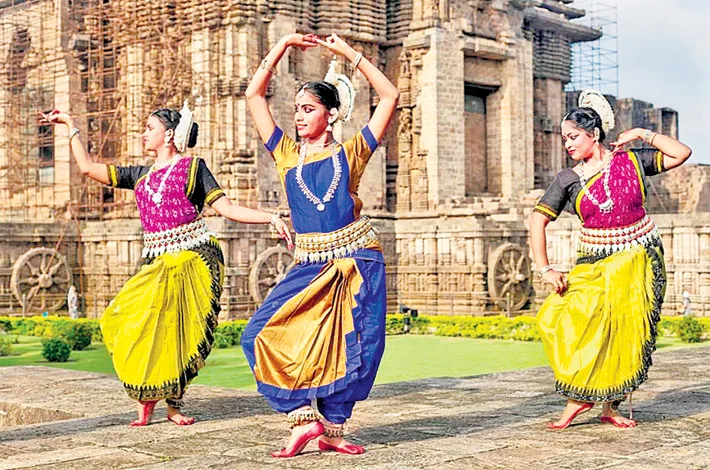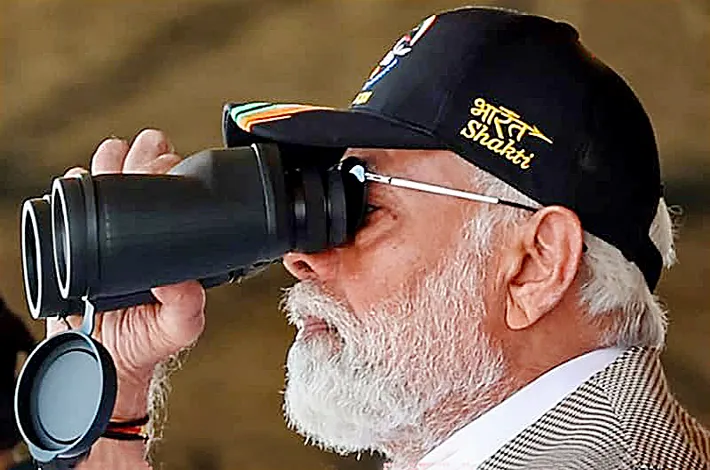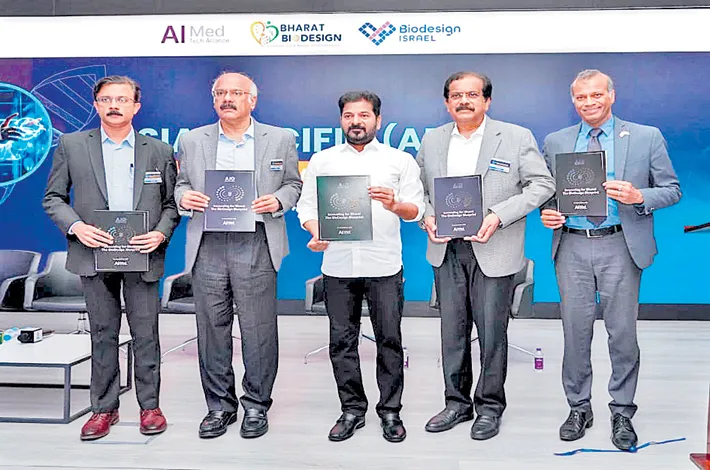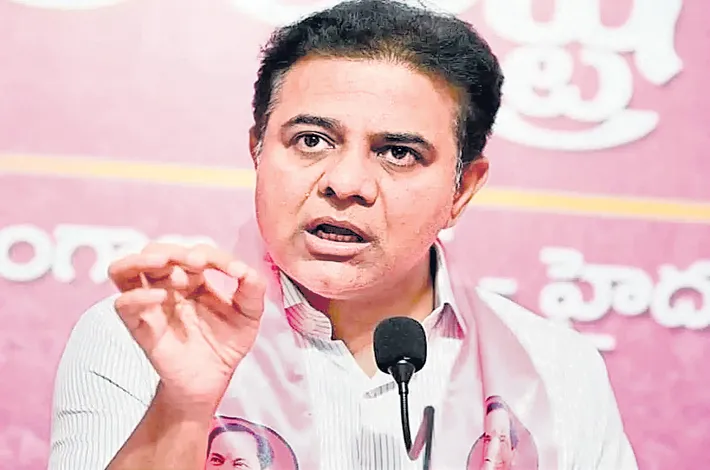‘Temples were centres of art and literature’
25-08-2025 12:00:00 AM

“Temples were not merely places of worship but served as centres of excellence in culture, education, literature, art, and traditions. They nurtured artisans, writers, and performers, acting as true incubators of heritage.” Dr. E. Sivanagireddy, archaeologist and CEO of Pleach India Foundation
Metro India News | Hyderabad
Telangana’s distinctive style of temple architecture emerged under the Kakatiyas and were nerve centres of education, art and literature said Dr. E. Sivanagireddy, archaeologist and CEO of Pleach India Foundation at a literary meet held at the Chicago Greater Hindu Temple. The event was jointly organised by Chicago Sahiti Mitrulu and Chicago Andhra Association on Saturday.
Delivering a presentation on the evolution of temple architecture in the Telugu region, Dr. Sivanagireddy traced the history from the earliest brick temples to the monumental stone temples. He cited the unique Sivalinga at Gudimallam in Tirupati district, dating back to the 2nd century BCE, as India’s earliest brick temple. This was followed by a 1st century CE brick temple at Bridge Rangapur. Similar brick temple traditions were also noted at Nagarjunakonda (Ikshvaku period), Pedavegi, and Keesaragutta (Vishnukundin period).
Explaining the transition, he said brick construction gradually gave way to stone architecture during the Badami and Eastern Chalukya rule (7th–9th centuries CE), as seen at Alampur and Pondugula. Temples were further developed under the Rashtrakutas at Rupala Sangameswaram and by the Vemulawada Chalukyas in the 9th century. The Chalukyas of Kalyana contributed stone temples at Gangapuram and Nandikandi in the 11th century.
Dr. Reddy noted that Telangana’s distinctive style of temple architecture emerged under the Kakatiyas at Warangal and Palampet, later reaching its final phase under the Vijayanagara kings. He emphasized that these temples were not merely places of worship but served as centres of excellence in culture, education, literature, art, and traditions. They nurtured artisans, writers, and performers, acting as true incubators of heritage. The organisers of the meet — Jayadev Mettupalli, Krishna Matukumalli, former TANA president Jampala Choudary, and internationally acclaimed artist Padmasri S.V. Ramarao — along with executive members of both associations, felicitated Dr. Sivanagireddy for his contribution.








